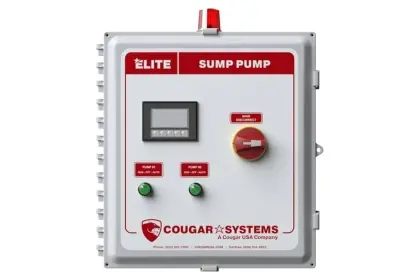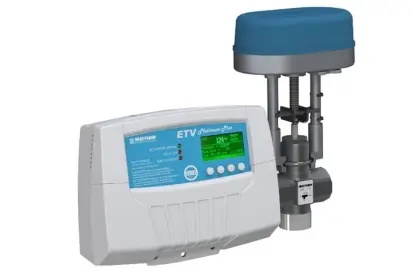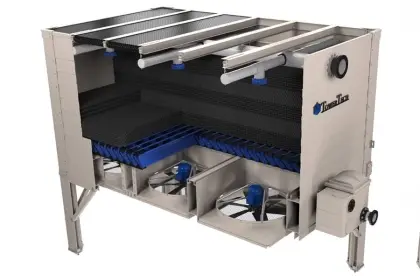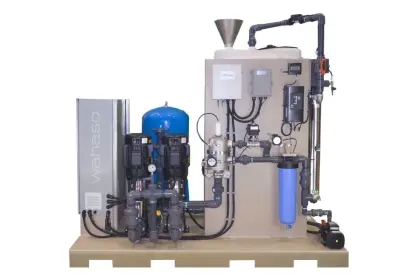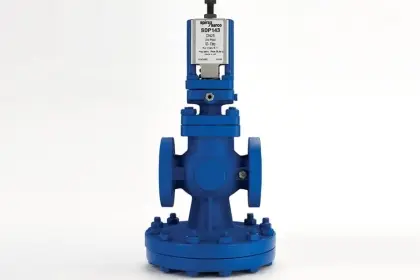Hydronic Heating
Hydronic loops are an efficient way to deliver comfort heating to commercial buildings. The Heating Water systems circulate water in a closed loop (not open to the atmosphere) from a Boiler to the building to transfer heat into the space through Air Handlers and Fan Coil Units.
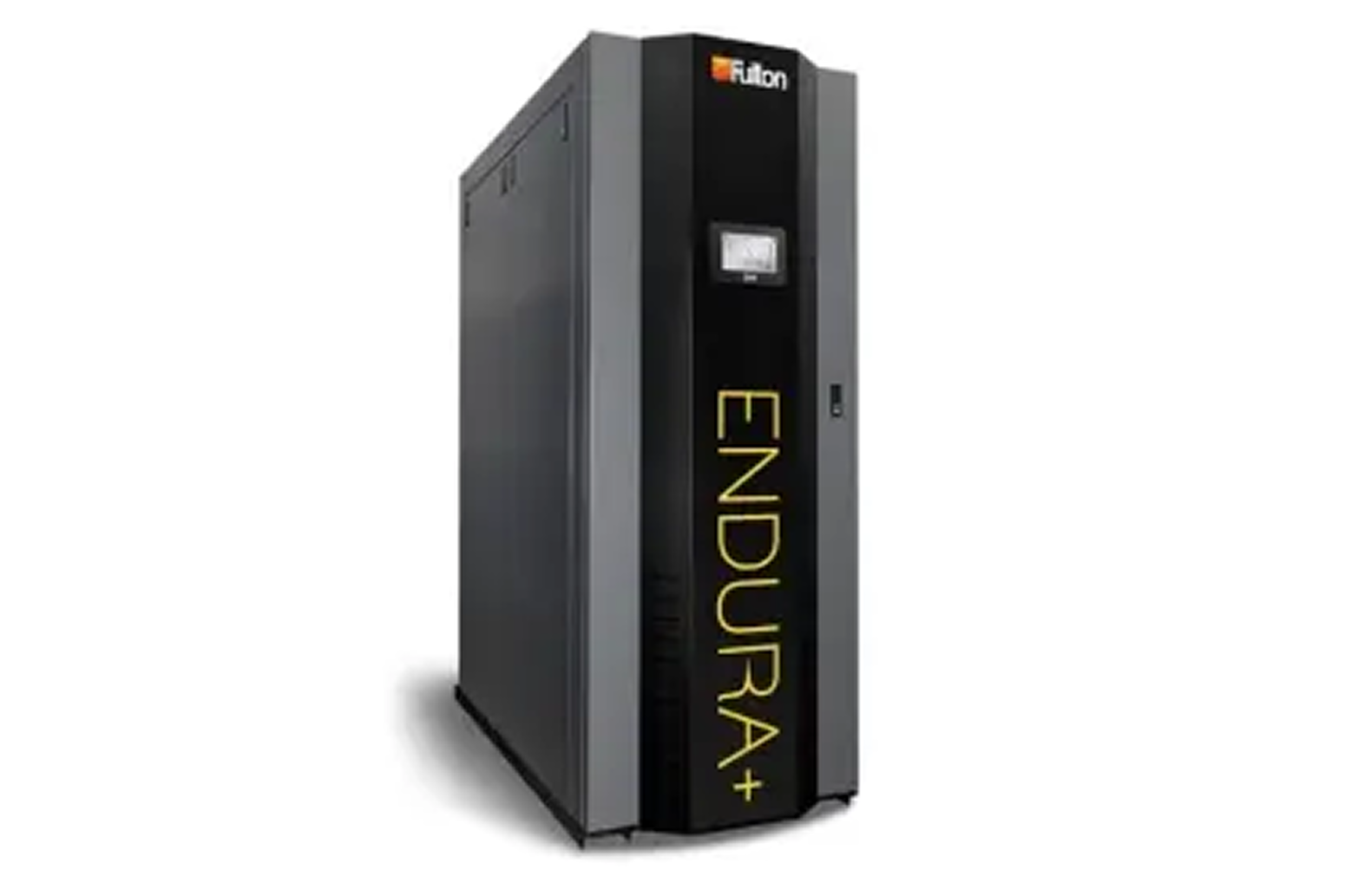
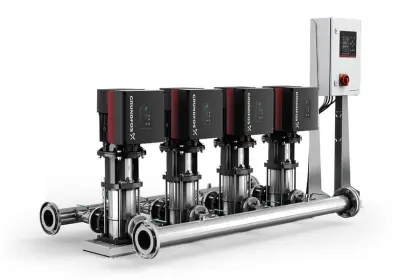
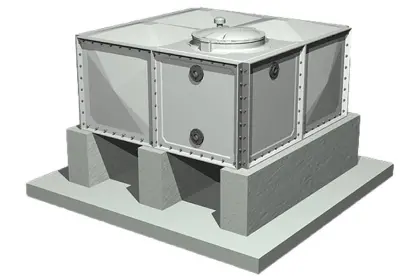

.webp)
